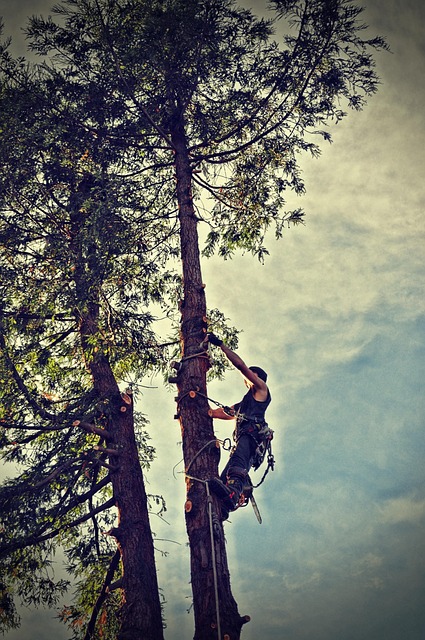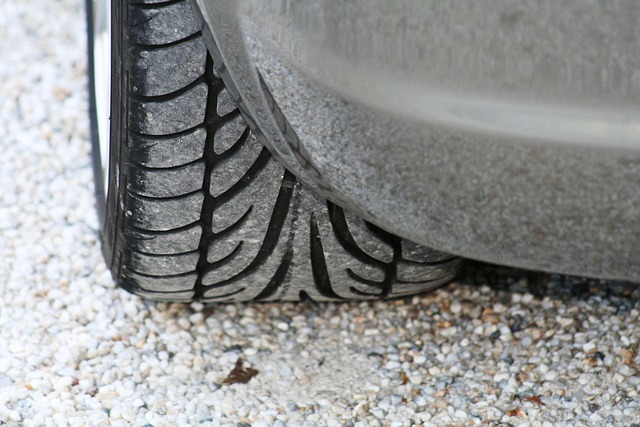Understanding Tree Removal Costs and Professional Tree Services
Tree removal is a significant undertaking that requires careful consideration of safety, cost, and professional expertise. Whether you're dealing with a diseased tree, one that's too close to structures, or simply need to clear land, understanding the factors that influence tree cutting costs and finding reliable tree trimming companies can save you time, money, and potential property damage.

Tree removal is often necessary for safety, property protection, or landscape redesign. While some might consider DIY approaches, professional tree services offer expertise, equipment, and insurance that provide peace of mind for this potentially dangerous task. Before hiring a tree service, it’s important to understand what affects pricing and what to expect from professional tree cutting companies.
How Much Does It Cost to Cut a Tree Down?
The cost of tree removal varies significantly based on several key factors. Tree size is the primary determinant—larger trees require more labor, equipment, and disposal efforts. A small tree (under 30 feet) might cost between $150-$500, while medium trees (30-60 feet) typically range from $500-$1,000. Large trees (60-100 feet) can cost $1,000-$2,000 or more to remove.
Tree location also significantly impacts price. Trees near power lines, buildings, or in difficult-to-access areas require specialized equipment and techniques, increasing the cost by 25-50%. The tree’s condition matters too—dead, diseased, or unstable trees often cost more to remove due to unpredictable falling patterns and additional safety precautions.
Additional services like stump removal, which typically costs $75-$300 depending on size, and wood chipping or hauling can add $50-$250 to the total bill. Geographic location plays a role as well, with urban areas generally commanding higher prices than rural locations due to overhead costs and local competition.
What to Look for in Tree Trimming Companies
Selecting the right tree trimming company involves several important considerations. First, verify proper licensing and insurance—reputable companies carry both liability insurance and workers’ compensation to protect your property and their workers. Ask for proof of these credentials before signing any agreements.
Experience and expertise are crucial factors. Companies with certified arborists on staff can provide expert assessments of tree health and recommend appropriate solutions beyond simple removal. Check how long the company has been in business and ask for references from similar jobs they’ve completed.
Equipment quality and safety protocols reveal much about a company’s professionalism. Look for companies that use modern, well-maintained equipment and provide their crews with proper safety gear. Their teams should follow industry-standard safety practices during all operations.
Customer reviews and reputation provide valuable insights. Check online reviews, ask neighbors for recommendations, and contact local business bureaus to verify the company’s standing. A pattern of positive feedback typically indicates reliable service.
What Professional Tree Cutting Services Include
Professional tree cutting goes beyond simply felling a tree. Comprehensive services typically begin with a thorough assessment by trained professionals who evaluate the tree’s condition, surrounding structures, and potential obstacles. This assessment helps determine the safest removal method and identifies any special considerations.
The cutting process itself involves strategic planning for controlled removal. For large trees, this often means sectional dismantling—removing the tree in manageable pieces to prevent property damage. Professionals use specialized equipment like cranes, bucket trucks, rigging systems, and proper cutting tools to ensure precision and safety.
Post-cutting services are equally important. Most professional companies offer cleanup services, removing branches and debris from your property. Many also provide stump grinding or removal options, though these may come at additional cost. Some companies will process the wood into usable firewood or mulch if requested.
Emergency services represent another valuable aspect of professional tree cutting. Reputable companies offer 24/7 response for storm damage or dangerous situations where trees pose immediate threats to property or safety.
Factors Affecting the Cost of Cutting Down a Tree
Beyond the basic factors of size and location, several other variables influence tree removal pricing. Tree species matters significantly—hardwoods like oak or maple are denser and more difficult to cut than softer woods like pine, resulting in higher labor costs and equipment wear.
Accessibility issues can dramatically affect pricing. Limited access for equipment, tight spaces between structures, or steep slopes all require specialized techniques and sometimes manual labor, increasing costs. Similarly, hazardous conditions like proximity to power lines or structural damage require additional safety measures and expertise.
Seasonal timing impacts pricing as well. Many tree services charge premium rates during their busiest seasons (typically after storms) or offer discounts during slower winter months when demand is lower.
Local regulations and permits add another layer of complexity. Some municipalities require permits for removing certain tree species or trees of specific sizes, adding both cost and time to the project. Professional services typically handle these permitting processes but pass the fees along to customers.
Comparing Professional Tree Service Providers
| Service Provider | Basic Tree Removal | Stump Grinding | Emergency Services | Additional Features |
|---|---|---|---|---|
| Davey Tree | $400-$2,000 | $100-$400 | Yes, 24/7 | Certified arborists, plant health care |
| TruGreen | $300-$1,800 | $75-$350 | Limited availability | Lawn care packages, pest control |
| Monster Tree Service | $350-$1,900 | $100-$300 | Yes, 24/7 | Free estimates, eco-friendly options |
| SavATree | $450-$2,200 | $150-$450 | Yes | Organic treatment options, consulting |
| Bartlett Tree Experts | $500-$2,500 | $150-$500 | Yes | Scientific research-backed approaches |
Prices, rates, or cost estimates mentioned in this article are based on the latest available information but may change over time. Independent research is advised before making financial decisions.
When comparing tree service providers, consider their range of services beyond basic tree removal. Many companies offer comprehensive tree care including pruning, disease treatment, insect management, and preventative maintenance. These additional services may provide better long-term value than companies focused solely on removal.
Customer service quality varies significantly between providers. Look for companies that provide detailed written estimates, clear contracts, responsive communication, and follow-up care. The best services will thoroughly explain their process, timeline, and any potential complications before beginning work.
Geographic coverage and response time are important considerations, especially for emergency situations. National chains typically offer wider coverage areas but may have less flexibility than local companies. Local providers often have better knowledge of regional tree species, common issues, and municipal regulations.
When to Choose Professional Tree Cutting Over DIY
While DIY tree removal might seem cost-effective for small trees, professional services are essential for larger or more complex situations. Safety considerations should always be paramount—tree cutting involves significant risks including falls, equipment accidents, and unpredictable tree behavior during felling. Professionals have specialized training, equipment, and experience to mitigate these risks.
Property protection represents another compelling reason to hire professionals. Improper tree removal can damage homes, vehicles, landscaping, and utility lines. Professional services carry insurance specifically to cover any potential damage, providing financial protection homeowners’ insurance might not offer for DIY accidents.
Equipment requirements present a significant barrier to DIY removal. Professional-grade chainsaws, ropes, harnesses, and sometimes cranes or bucket trucks are necessary for safe removal of medium to large trees. Renting this equipment is expensive and using it effectively requires training and experience.
Legal considerations also favor professional services. Many municipalities have regulations regarding tree removal, especially for protected species or trees above certain sizes. Professionals understand these requirements and can ensure compliance, helping you avoid potential fines or legal issues.
For most homeowners, professional tree cutting services provide the best combination of safety, efficiency, and peace of mind when dealing with tree removal needs.




